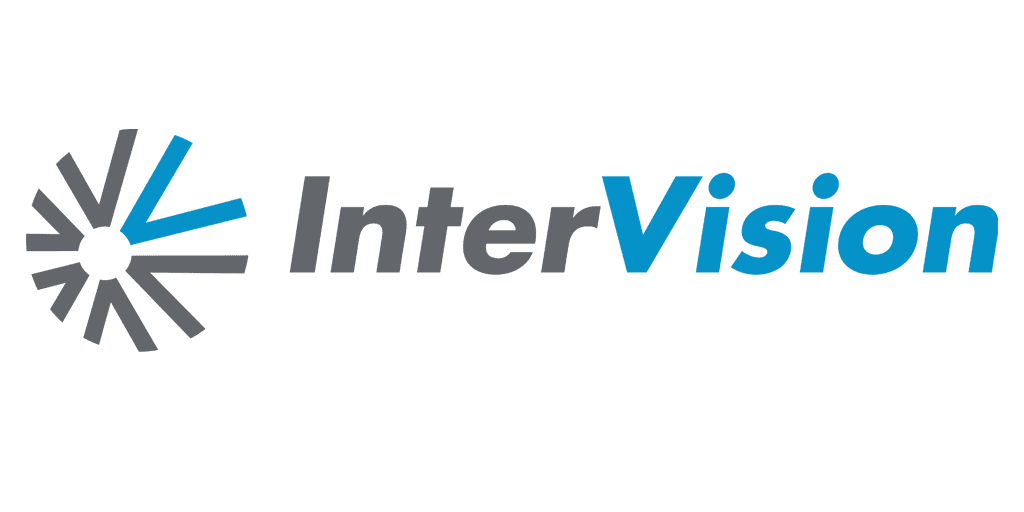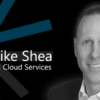AWS Outposts vs. Azure Stack Hub: Recaps from 2019 Conference Season
By Jacob Picart | December 19, 2019
As this year comes to a close, and with the Microsoft Ignite and AWS re:Invent conferences behind us, I’d like to share what I find to be the most exciting announcements from the leading cloud service providers (CSP) as it relates to your infrastructure and cloud adoption strategy. While both CSPs introduced dozens of new features and services during the past few weeks, what is most profound is their approach to bring the cloud closer to you; not just by introducing on-premise hardware but also partnering with industry transit providers to reduce latency. Let’s dive in and take a closer look at what I mean.
In 2018, AWS announced that they would be releasing Outposts, a fully managed hardware rack that extends the AWS cloud to your premise for a truly consistent hybrid experience. Well, just this month Outposts has finally gone GA and is available now. If you have aging hardware, or a maintenance contract expiring, etc., this is an ideal solution for workloads that you prefer to keep on-premise, require low latency, local data processing, etc. that is completely managed, monitored, & updated by AWS. While an Outposts rack comes with redundant switching, power, etc. if anything fails, AWS will come to your premise and replace the component. To quote AWS CTO Werner Vogel, “Everything fails, all the time.” From an operations perspective, following installation of Outposts, it simply shows up in your AWS account as a new Availability Zone in your respective region, offering you the same services, APIs, and tools as in the cloud to build and run your applications (yet on-premises). While not every AWS service is available on an Outposts rack, more will be added in the future. And coming in 2020, a VMware variant of Outposts will be available, delivering a fully managed VMware Software-Defined Data Center (SDDC) running on AWS Outposts infrastructure on premises. (More at: https://aws.amazon.com/outposts/)
Not to be outdone, AWS’s competitor across the water, Microsoft, actually was the first-to-market a few years ago with their on-premise cloud-centric hardware, known as Azure Stack Hub (formerly Azure Stack), allowing you to extend the Azure cloud to your premise, and manage it via the Azure portal through a single-pane of glass. However, one of the differences between AWS Outpost and Azure Stack Hub is with the former you’re technically leasing the hardware directly from AWS, whereas with Stack Hub you procure from a third-party vendor. The Azure Stack product family includes Azure Stack Edge (think IoT and remote locations), as well as Azure Stack HCI, each with their own use cases and benefits. (More at: https://azure.microsoft.com/en-us/overview/azure-stack/)
Last month at Ignite, Microsoft introduced a new service called Azure Arc, to centrally organize and govern your environments from a single-pane of glass. With this new service, clients can enable deployment of Azure services anywhere, and extend Azure management to any infrastructure, including on-premises, remote, and multi-cloud—including patching! This is akin to a traditional MSPs remote monitoring & management tool (RMM) like Kaseya or N-Central but built for cloud. In addition to managing traditional compute workloads, Azure Arc will also manage Kubernetes environments. This new service is truly a shot across the bow to Microsoft’s competitors, and is even being offered at no costs during its preview stage. (More at: https://azure.microsoft.com/en-us/services/azure-arc/)
The final announcement I want to share is the introduction of Wavelength. In the US, AWS has partnered with Verizon to extend their cloud services directly to 5G networks, once again bringing the cloud closer to you. Essentially, this is AWS services (e.g. compute, storage, etc.) that “live” in a Verizon facility that is directly attached to their 5G network, which translates to lower latency and faster access to cloud hosted apps/services from wireless devices (i.e. IoT, automobiles, etc.). Take it from me, a former network engineer, this is a significant value add AWS and Verizon are bringing to market. Traditional network paths for mobile connectivity would go from your device to a local cellular tower, to your carrier’s fiber backbone before eventually reaching the Internet, and then ultimately routed to the cloud. Of course, this is a simplification, but with Wavelength, the path drops the last two hops and reduces latency, which provides faster access to AWS hosted apps/services. And just like Outposts, a Wavelength zone simply shows up as another Availability Zone in your region. (More at: https://aws.amazon.com/wavelength/)
Regardless of which solution you choose, it’s clear that the leading cloud providers are embracing hybrid-cloud as the new norm and offering solutions that bridge the gap for their clients. The result is that companies may now consistently build and run hybrid apps across their premise, cloud, and edge with more on-site options, management/orchestration services, and improved network performance, among many other features. If any of this sounds overwhelming, or you simply don’t know where to start, InterVision’s solution architects and cloud engineers can help with your cloud journey as your dedicated strategic service provider.
*image sources: (1. https://d1.awsstatic.com; 2. https://www.thomasmaurer.ch; 3. https://azure.microsoft.com; 4. https://d1.awsstatic.com)




